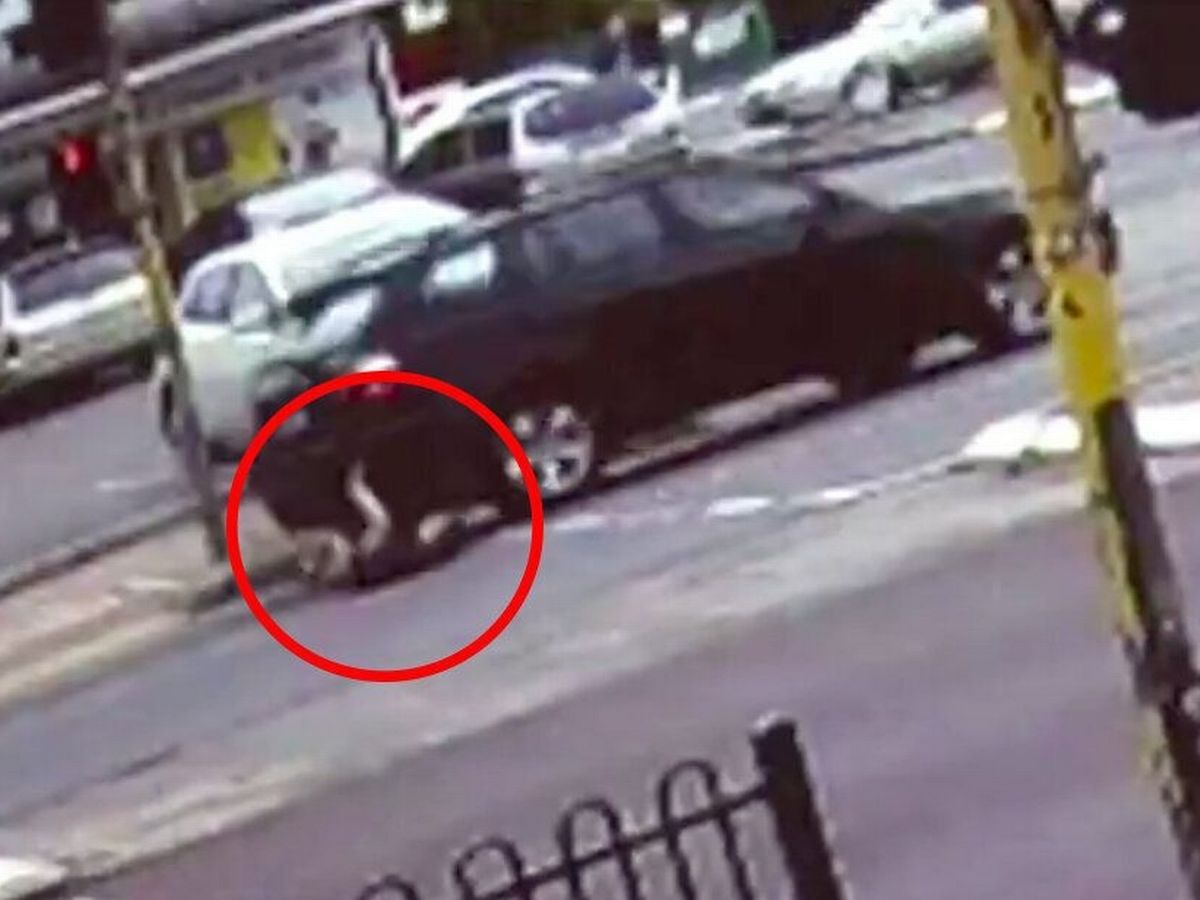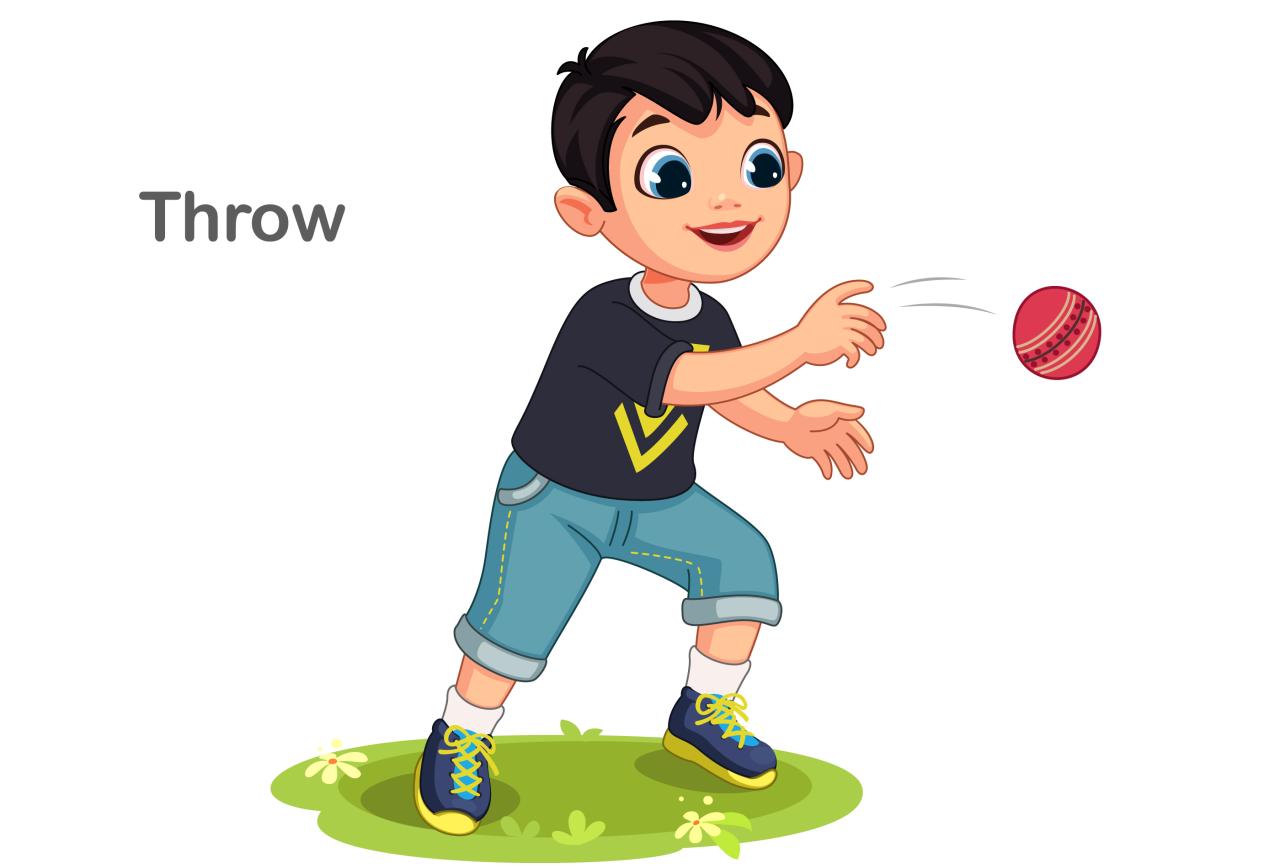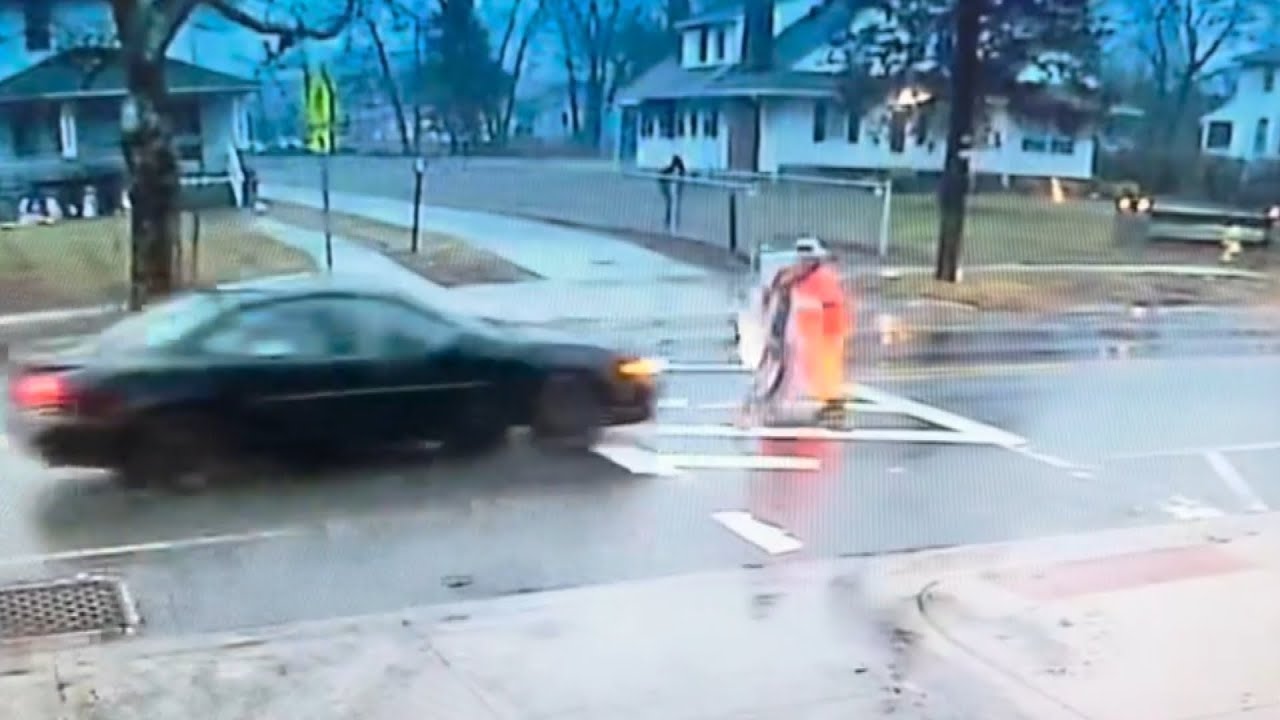Boy hit by drone – it’s a headline that shocks us into considering the unforeseen dangers of increasingly common technology. This isn’t just a hypothetical scenario; the rapid growth of drone use necessitates a serious look at safety regulations, technological advancements, and the potential legal and ethical ramifications of accidents. This exploration delves into the potential causes of such incidents, the resulting injuries, and the crucial steps needed to prevent future tragedies.
We’ll examine real-world safety regulations and identify their shortcomings, proposing solutions ranging from improved technology to impactful public awareness campaigns. We’ll also analyze the legal liability involved and explore the ethical responsibilities of drone operators. Finally, we’ll look at the societal impact of such an event, considering how it shapes public perception and influences the future development of drone technology.
A Boy Hit by a Drone: Understanding the Risks and Implications

The increasing popularity of drones presents unforeseen challenges, one of the most concerning being the potential for accidents involving people. This article explores the multifaceted implications of a scenario where a boy is struck by a drone, examining the incident itself, relevant safety regulations, legal and ethical considerations, technological solutions, and societal responses.
The Incident: Describing the Event
Several scenarios could lead to a boy being hit by a drone. These include malfunctioning drones, operator error (lack of awareness of surroundings, loss of control), unforeseen weather conditions causing loss of control, or even intentional malicious acts. The size, weight, and features of the drone significantly influence the severity of the impact. A large, heavy commercial drone would cause far more damage than a small, lightweight consumer model.
Potential injuries range from minor bruises and cuts to severe head trauma, broken bones, and even fatalities, depending on the drone’s size, speed, and the point of impact.
Imagine this: Ten-year-old Alex was playing in his backyard, kicking a soccer ball. Suddenly, a large, quadcopter drone, approximately 2kg in weight and equipped with a high-definition camera, fell from the sky, striking him on the head. The drone’s propellers caused lacerations, and the impact resulted in a concussion. The drone, seemingly uncontrolled, had experienced a sudden battery failure.
A boy getting hit by a drone is a scary thought, highlighting the potential dangers of these increasingly common devices. This incident makes you think about larger-scale accidents, like the one described in this article about a drone show crash , where the consequences were likely far more widespread. Ultimately, both incidents underscore the need for stricter safety regulations and responsible drone operation to prevent future injuries.
Safety Regulations and Drone Operation

Many countries have implemented safety regulations governing drone operation, particularly near populated areas. These regulations often include restrictions on flight altitude, speed, and operational hours, as well as mandatory registration and operator licensing. However, gaps exist. Enforcement can be challenging, especially with the proliferation of smaller, readily available drones. Regulations also vary significantly across countries, leading to inconsistencies in safety standards.
A hypothetical public awareness campaign could utilize social media, public service announcements, and educational programs to highlight safe drone operation practices.
Legal and Ethical Implications
The legal liability in a case where a boy is hit by a drone would likely fall on the drone operator, unless the accident was caused by a proven manufacturing defect. Possible legal actions could include personal injury lawsuits seeking compensation for medical expenses, lost wages, and pain and suffering. Ethical considerations revolve around responsible drone use and prioritizing public safety.
A boy getting hit by a drone is a serious safety concern, highlighting the potential dangers of even small unmanned aircraft. This incident makes you think about larger-scale events, like the potential for injuries during a drone show crash , where many drones are involved. The boy’s accident underscores the need for better regulations and safety protocols for all drone operations, big or small.
Drone operators have a moral and potentially legal obligation to ensure their operations do not endanger others. This includes understanding and adhering to all relevant regulations and operating with due diligence.
Technological Solutions and Preventative Measures
Several technological solutions can mitigate the risk of drones hitting people. These include advanced obstacle avoidance systems, geofencing technology to restrict drone flight in certain areas, and improved drone stability and control systems. A hypothetical drone safety system could integrate multiple obstacle detection technologies like lidar, radar, and cameras, providing a multi-layered approach to safety. Different obstacle detection technologies have varying advantages and disadvantages.
| Technology | Description | Advantages | Disadvantages |
|---|---|---|---|
| Lidar | Uses lasers to create a 3D map of the surroundings. | High accuracy, works well in various lighting conditions. | Can be expensive, susceptible to interference from rain or fog. |
| Radar | Uses radio waves to detect objects. | Works well in low visibility conditions, relatively inexpensive. | Lower accuracy than lidar, can be affected by weather. |
| Computer Vision | Uses cameras and AI to identify and classify objects. | Can identify specific objects, relatively inexpensive. | Performance depends heavily on image quality, can be affected by lighting. |
Impact and Societal Response, Boy hit by drone
An incident where a boy is hit by a drone could significantly impact public perception of drones, potentially leading to increased regulation and stricter safety measures. Media coverage would likely focus on the severity of the injury, the cause of the accident, and the response of authorities. The long-term effects could include slower adoption of drone technology, increased insurance costs for drone operators, and a renewed focus on improving drone safety features.
A hypothetical public opinion poll might reveal the following results:
- 55% of respondents believe stricter drone regulations are needed.
- 70% are concerned about the safety of drones near populated areas.
- 30% believe the incident will negatively impact their perception of drone technology.
Illustrative Example: A Visual Depiction
The first illustration depicts a sunny afternoon. Alex, wearing a blue t-shirt and shorts, kicks a soccer ball in his backyard. A large, black quadcopter drone, its propellers spinning rapidly, descends unexpectedly, striking Alex on the head. The scene is set against a backdrop of a typical suburban house and garden.
The second illustration shows Alex lying on the ground, his face pale, surrounded by concerned family members. His blue t-shirt is torn, and a small amount of blood is visible near his head. The fallen drone lies nearby, its propellers still, a stark reminder of the accident. The overall atmosphere is one of shock and distress.
Last Recap

The incident of a boy being struck by a drone highlights a critical need for proactive measures. While technological advancements offer potential solutions like enhanced obstacle avoidance systems, equally important is a robust regulatory framework and a public educated on safe drone operation. Only through a combination of technological innovation and responsible behavior can we mitigate the risks associated with this rapidly evolving technology and ensure the safety of everyone.
Q&A: Boy Hit By Drone
What types of injuries could a boy sustain from a drone collision?
Drone accidents are sadly becoming more common, highlighting the need for increased safety regulations. A recent incident, detailed in this article about a boy hit by drone , underscores the potential dangers. Understanding the risks involved is crucial to preventing future injuries, so let’s learn more about responsible drone operation and how to mitigate these hazards. The boy hit by drone case should serve as a cautionary tale.
Injuries could range from minor bruises and cuts to serious head trauma, broken bones, and internal injuries depending on the drone’s size, weight, and the impact point.
Are there specific age restrictions for operating drones?
Age restrictions vary by country and drone type. Many countries require operators to be a certain age (often 16 or 18) for larger or more powerful drones. Check your local regulations.
What is the typical insurance coverage for drone-related accidents?
Insurance coverage for drone-related accidents is complex and depends on the operator’s policy. It’s crucial to have adequate liability insurance to cover potential damages or injuries.
What are the penalties for violating drone safety regulations?
Penalties vary widely depending on the jurisdiction and the severity of the violation. They can include fines, license suspension, or even criminal charges.
